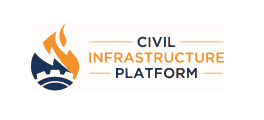
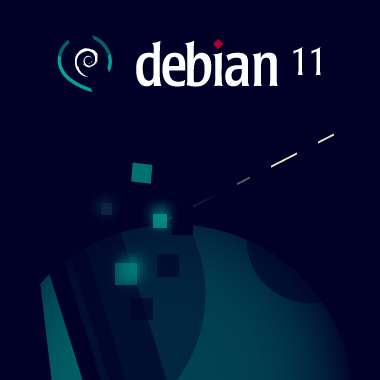
Debian v11 with codename bullseye is supposed to be released as new stable release soon-ish (let s hope for June, 2021! :)). Similar to what we had with
#newinbuster and previous releases, now it s time for
#newinbullseye!
I was the driving force at several of my customers to be well prepared for bullseye before its
freeze, and since then we re on good track there overall. In my opinion, Debian s release team did (and still does) a great job I m
very happy about how unblock requests (not only mine but also ones I kept an eye on) were handled so far.
As usual with major upgrades, there are some things to be aware of, and hereby I m starting my public notes on bullseye that might be worth also for other folks. My focus is primarily on server systems and looking at things from a sysadmin perspective.
Further readings
Of course start with taking a look at the
official Debian release notes, make sure to especially go through
What s new in Debian 11 +
Issues to be aware of for bullseye.
Chris published
notes on upgrading to Debian bullseye, and also anarcat published
upgrade notes for bullseye.
Package versions
As a starting point, let s look at some selected packages and their versions in buster vs. bullseye as of 2021-05-27 (mainly having amd64 in mind):
| Package |
buster/v10 |
bullseye/v11 |
| ansible |
2.7.7 |
2.10.8 |
| apache |
2.4.38 |
2.4.46 |
| apt |
1.8.2.2 |
2.2.3 |
| bash |
5.0 |
5.1 |
| ceph |
12.2.11 |
14.2.20 |
| docker |
18.09.1 |
20.10.5 |
| dovecot |
2.3.4 |
2.3.13 |
| dpkg |
1.19.7 |
1.20.9 |
| emacs |
26.1 |
27.1 |
| gcc |
8.3.0 |
10.2.1 |
| git |
2.20.1 |
2.30.2 |
| golang |
1.11 |
1.15 |
| libc |
2.28 |
2.31 |
| linux kernel |
4.19 |
5.10 |
| llvm |
7.0 |
11.0 |
| lxc |
3.0.3 |
4.0.6 |
| mariadb |
10.3.27 |
10.5.10 |
| nginx |
1.14.2 |
1.18.0 |
| nodejs |
10.24.0 |
12.21.0 |
| openjdk |
11.0.9.1 |
11.0.11+9 + 17~19 |
| openssh |
7.9p1 |
8.4p1 |
| openssl |
1.1.1d |
1.1.1k |
| perl |
5.28.1 |
5.32.1 |
| php |
7.3 |
7.4+76 |
| postfix |
3.4.14 |
3.5.6 |
| postgres |
11 |
13 |
| puppet |
5.5.10 |
5.5.22 |
| python2 |
2.7.16 |
2.7.18 |
| python3 |
3.7.3 |
3.9.2 |
| qemu/kvm |
3.1 |
5.2 |
| ruby |
2.5.1 |
2.7+2 |
| rust |
1.41.1 |
1.48.0 |
| samba |
4.9.5 |
4.13.5 |
| systemd |
241 |
247.3 |
| unattended-upgrades |
1.11.2 |
2.8 |
| util-linux |
2.33.1 |
2.36.1 |
| vagrant |
2.2.3 |
2.2.14 |
| vim |
8.1.0875 |
8.2.2434 |
| zsh |
5.7.1 |
5.8 |
Linux Kernel
The bullseye release will ship a Linux kernel based on v5.10 (v5.10.28 as of 2021-05-27, with v5.10.38 pending in unstable/sid), whereas buster shipped kernel 4.19. As usual there are plenty of changes in the kernel area and this might warrant a separate blog entry, but to highlight some issues:
One surprising change might be that the scrollback buffer (Shift + PageUp)
is gone from the Linux console. Make sure to always use screen/tmux or handle output through a pager of your choice if you need all of it and you re in the console.
The kernel provides BTF support (via
CONFIG_DEBUG_INFO_BTF, see
#973870), which means it s no longer necessary to install LLVM, Clang, etc (requiring >100MB of disk space), see
Gregg s excellent blog post regarding the underlying rational. Sadly the libbpf-tools packaging didn t make it into bullseye (
#978727), but if you want to use your own self-made Debian packages,
my notes might be useful.
With kernel version 5.4,
SUBDIRS support was removed from kbuild, so if an out-of-tree kernel module (like a *-dkms package) fails to compile on bullseye, make sure to use a recent version of it which uses
M= or
KBUILD_EXTMOD= instead.
Unprivileged user namespaces are enabled by default (see
#898446 +
#987777), so programs can create more restricted sandboxes without the need to run as root or via a setuid-root helper. If you prefer to keep this feature restricted (or tools like web browsers, WebKitGTK, Flatpak, don t work), use
sysctl -w kernel.unprivileged_userns_clone=0 .
The
/boot/System.map file(s) no longer provide the actual data, you need to switch to the dbg package if you rely on that information:
% cat /boot/System.map-5.10.0-6-amd64
ffffffffffffffff B The real System.map is in the linux-image-<version>-dbg package
Be aware though, that the *-dbg package requires ~5GB of additional disk space.
Systemd
systemd v247 made it into bullseye (updated from v241). Same as for the kernel this might warrant a separate blog entry, but to mention some highlights:
Systemd in bullseye activates its persistent journal functionality by default (storing its files in /var/log/journal/, see
#717388).
systemd-timesyncd is no longer part of the systemd binary package itself, but available as standalone package. This allows usage of ntp, chrony, openntpd,
without having systemd-timesyncd installed (which prevents race conditions like
#889290, which was biting me more than once).
journalctl gained new options:
--cursor-file=FILE Show entries after cursor in FILE and update FILE
--facility=FACILITY... Show entries with the specified facilities
--image=IMAGE Operate on files in filesystem image
--namespace=NAMESPACE Show journal data from specified namespace
--relinquish-var Stop logging to disk, log to temporary file system
--smart-relinquish-var Similar, but NOP if log directory is on root mount
systemctl gained new options:
clean UNIT... Clean runtime, cache, state, logs or configuration of unit
freeze PATTERN... Freeze execution of unit processes
thaw PATTERN... Resume execution of a frozen unit
log-level [LEVEL] Get/set logging threshold for manager
log-target [TARGET] Get/set logging target for manager
service-watchdogs [BOOL] Get/set service watchdog state
--with-dependencies Show unit dependencies with 'status', 'cat', 'list-units', and 'list-unit-files'
-T --show-transaction When enqueuing a unit job, show full transaction
--what=RESOURCES Which types of resources to remove
--boot-loader-menu=TIME Boot into boot loader menu on next boot
--boot-loader-entry=NAME Boot into a specific boot loader entry on next boot
--timestamp=FORMAT Change format of printed timestamps
If you use
systemctl edit to adjust overrides, then you ll now also get the existing configuration file listed as comment, which I consider
very helpful.
The
MACAddressPolicy behavior with systemd naming schema v241 changed for virtual devices (I plan to write about this in a separate blog post).
There are plenty of new manual pages:
systemd also gained new unit configurations related to security hardening:
Another new unit configuration is
SystemCallLog= , which supports listing the system calls to be logged. This is very useful for for auditing or temporarily when constructing system call filters.
The cgroupv2 change is also documented
in the release notes, but to explicitly mention it also here, quoting from
/usr/share/doc/systemd/NEWS.Debian.gz:
systemd now defaults to the unified cgroup hierarchy (i.e. cgroupv2).
This change reflects the fact that cgroups2 support has matured
substantially in both systemd and in the kernel.
All major container tools nowadays should support cgroupv2.
If you run into problems with cgroupv2, you can switch back to the previous,
hybrid setup by adding systemd.unified_cgroup_hierarchy=false to the
kernel command line.
You can read more about the benefits of cgroupv2 at
https://www.kernel.org/doc/html/latest/admin-guide/cgroup-v2.html
Note that cgroup-tools (lssubsys + lscgroup etc) don t work in cgroup2/unified hierarchy
yet (see
#959022 for the details).
Configuration management
puppet s upstream doesn t provide packages for bullseye
yet (see
PA-3624 +
MODULES-11060), and sadly neither v6 nor v7 made it into bullseye, so when using the packages from Debian you re still stuck with v5.5 (also see
#950182).
ansible is also available, and while it looked like that only version 2.9.16 would make it into bullseye (see
#984557 +
#986213), actually version 2.10.8 made it into bullseye.
chef was removed from Debian and is not available with bullseye (
due to trademark issues).
Prometheus stack
Prometheus server was updated from v2.7.1 to v2.24.1, and the prometheus service by default applies
some systemd hardening now. Also all the usual exporters are still there, but bullseye also gained some new ones:
- prometheus-elasticsearch-exporter (v1.1.0)
- prometheus-exporter-exporter (v0.4.0-1)
- prometheus-hacluster-exporter (v1.2.1-1)
- prometheus-homeplug-exporter (v0.3.0-2)
- prometheus-ipmi-exporter (v1.2.0)
- prometheus-libvirt-exporter (v0.2.0-1)
- prometheus-mqtt-exporter (v0.1.4-2)
- prometheus-nginx-vts-exporter (v0.10.3)
- prometheus-postfix-exporter (v0.2.0-3)
- prometheus-redis-exporter (v1.16.0-1)
- prometheus-smokeping-prober (v0.4.1-2)
- prometheus-tplink-plug-exporter (v0.2.0)
Virtualization
docker (v20.10.5), ganeti (v3.0.1), libvirt (v7.0.0), lxc (v4.0.6), openstack, qemu/kvm (v5.2), xen (v4.14.1), are all still around, though what s new and noteworthy is that
podman version 3.0.1 (tool for managing OCI containers and pods) made it into bullseye.
If you re using the docker packages from upstream, be aware that they still don t seem to understand Debian package version handling. The docker* packages will
not be automatically considered for upgrade, as 5:20.10.6~3-0~debian-buster is considered
newer than 5:20.10.6~3-0~debian-bullseye:
% apt-cache policy docker-ce
docker-ce:
Installed: 5:20.10.6~3-0~debian-buster
Candidate: 5:20.10.6~3-0~debian-buster
Version table:
*** 5:20.10.6~3-0~debian-buster 100
100 /var/lib/dpkg/status
5:20.10.6~3-0~debian-bullseye 500
500 https://download.docker.com/linux/debian bullseye/stable amd64 Packages
Vagrant is available in version 2.2.14, the
package from upstream works perfectly fine on bullseye as well. If you re relying on VirtualBox, be aware that upstream doesn t provide packages for bullseye
yet, but the package from Debian/unstable (v6.1.22 as of 2021-05-27) works fine on bullseye (VirtualBox isn t shipped with stable releases since quite some time due to lack of cooperation from upstream on security support for older releases, see
#794466). If you rely on the virtualbox-guest-additions-iso and its shared folders support, you might be glad to hear that v6.1.22 made it into bullseye (see
#988783), properly supporting more recent kernel versions like present in bullseye.
debuginfod
There s a new service
debuginfod.debian.net (see
debian-devel-announce and
Debian Wiki), which makes the debugging experience way smoother. You no longer need to download the debugging Debian packages (*-dbgsym/*-dbg), but instead can fetch them on demand, by exporting the following variables (before invoking gdb or alike):
% export DEBUGINFOD_PROGRESS=1 # for optional download progress reporting
% export DEBUGINFOD_URLS="https://debuginfod.debian.net"
BTW: if you can t rely on debuginfod (for whatever reason), I d like to point your attention towards
find-dbgsym-packages from the
debian-goodies package.
Vim
Sadly Vim 8.2 once again makes another change for bad defaults (hello
mouse behavior!). When
incsearch is set, it also applies to :substitute. This makes it veeeeeeeeeery annoying when running something like
:%s/\s\+$// to get rid of trailing whitespace characters, because if there are no matches it jumps to the beginning of the file and then back, sigh. To get the old behavior back, you can use this:
au CmdLineEnter : let s:incs = &incsearch set noincsearch
au CmdLineLeave : let &incsearch = s:incs
rsync
rsync was updated from v3.1.3 to v3.2.3. It provides
various checksum enhancements (see option
--checksum-choice). We got new capabilities (hardlink-specials, atimes, optional protect-args, stop-at, no crtimes) and the addition of zstd and lz4 compression algorithms. And we got new options:
--atimes: preserve access (use) times--copy-as=USER: specify user (and optionally group) for the copy--crtimes/-N: for preserving the file s create time--max-alloc=SIZE: change a limit relating to memory allocation--mkpath:create the destination s path component--open-noatime: avoid changing the atime on opened files--stop-after=MINS: stop rsync after MINS minutes have elapsed--write-devices: write to devices as files (implies inplace)
OpenSSH
OpenSSH was updated from v7.9p1 to 8.4p1, so if you re interested in all the changes, check out the release notes between those version (
8.0,
8.1,
8.2,
8.3 +
8.4). Let s highlight some notable new features:
- It now defers creation of ~/.ssh until there s something to write (e.g. the known_hosts file), so the good old admin trick to run
ssh localhost and cancel immediately to create ~/.ssh with proper permissions no longer works
- v8.2 brought FIDO/U2F + FIDO2 resident keys Support
- The new
include sshd_config keyword allows including additional configuration files via glob(3) patterns
- ssh now allows
%n to be expanded in ProxyCommand strings.
- The scp and sftp command-lines now accept
-J option as an alias to ProxyJump.
- The scp and sftp command-lines allow the
-A flag to explicitly enable agent forwarding.
Misc unsorted

 Debian v11 with codename bullseye is supposed to be released as new stable release soon-ish (let s hope for June, 2021! :)). Similar to what we had with #newinbuster and previous releases, now it s time for #newinbullseye!
I was the driving force at several of my customers to be well prepared for bullseye before its freeze, and since then we re on good track there overall. In my opinion, Debian s release team did (and still does) a great job I m very happy about how unblock requests (not only mine but also ones I kept an eye on) were handled so far.
As usual with major upgrades, there are some things to be aware of, and hereby I m starting my public notes on bullseye that might be worth also for other folks. My focus is primarily on server systems and looking at things from a sysadmin perspective.
Further readings
Of course start with taking a look at the official Debian release notes, make sure to especially go through What s new in Debian 11 + Issues to be aware of for bullseye.
Chris published notes on upgrading to Debian bullseye, and also anarcat published upgrade notes for bullseye.
Package versions
As a starting point, let s look at some selected packages and their versions in buster vs. bullseye as of 2021-05-27 (mainly having amd64 in mind):
Debian v11 with codename bullseye is supposed to be released as new stable release soon-ish (let s hope for June, 2021! :)). Similar to what we had with #newinbuster and previous releases, now it s time for #newinbullseye!
I was the driving force at several of my customers to be well prepared for bullseye before its freeze, and since then we re on good track there overall. In my opinion, Debian s release team did (and still does) a great job I m very happy about how unblock requests (not only mine but also ones I kept an eye on) were handled so far.
As usual with major upgrades, there are some things to be aware of, and hereby I m starting my public notes on bullseye that might be worth also for other folks. My focus is primarily on server systems and looking at things from a sysadmin perspective.
Further readings
Of course start with taking a look at the official Debian release notes, make sure to especially go through What s new in Debian 11 + Issues to be aware of for bullseye.
Chris published notes on upgrading to Debian bullseye, and also anarcat published upgrade notes for bullseye.
Package versions
As a starting point, let s look at some selected packages and their versions in buster vs. bullseye as of 2021-05-27 (mainly having amd64 in mind):


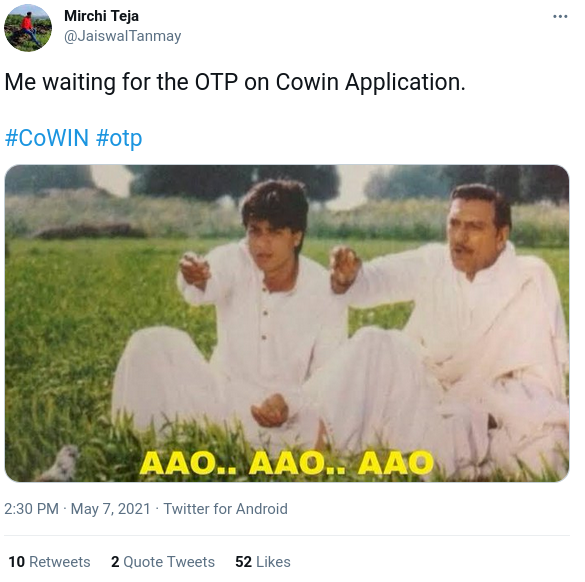

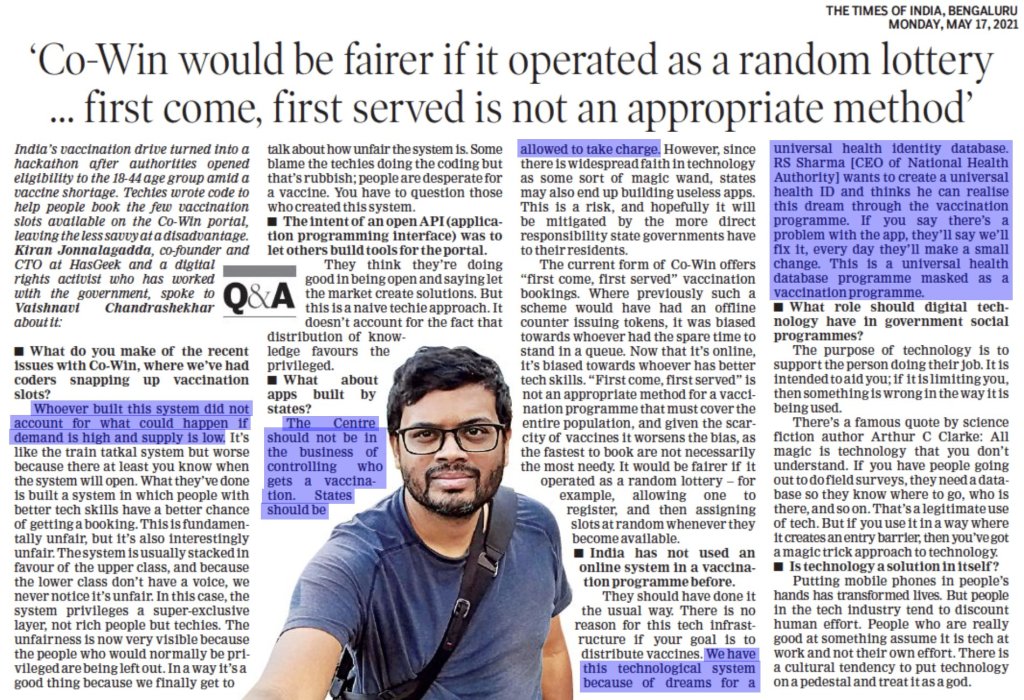
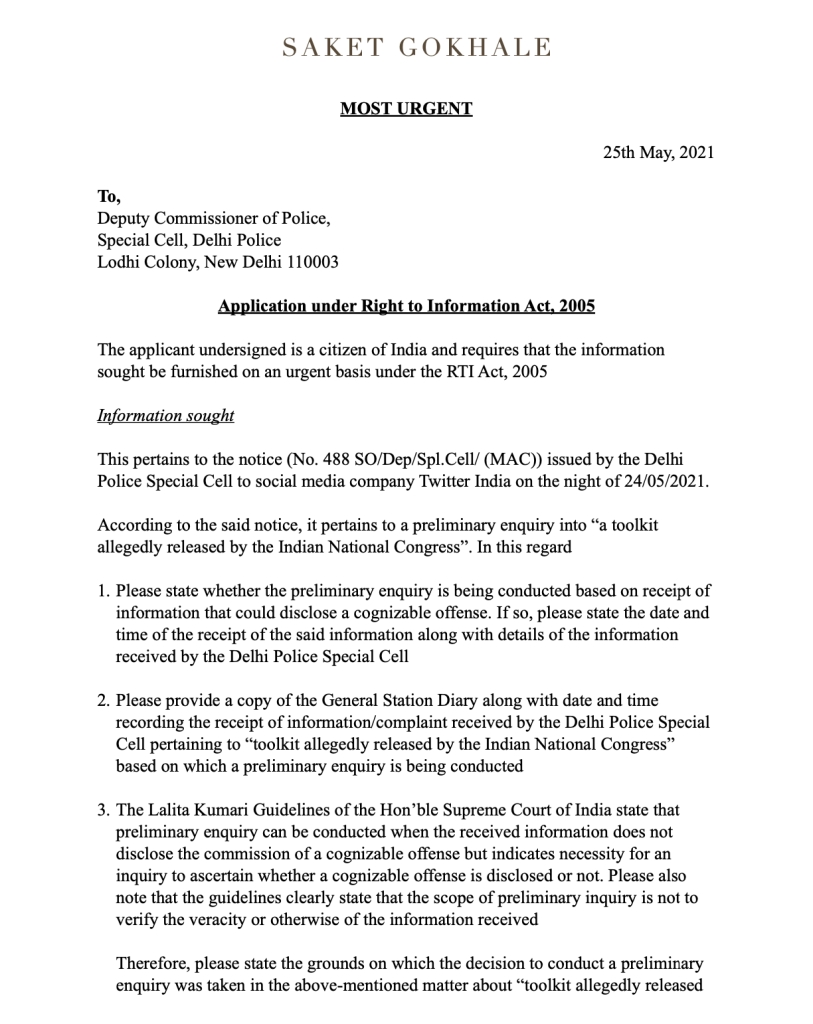

 The Hindu also
The Hindu also  Here is my monthly update covering what I have been doing in the free software world during April 2021 (
Here is my monthly update covering what I have been doing in the free software world during April 2021 (
 In 14 years since starting this blog, I changed the software several times,
with each iteration simplifying requirements and setup.
Wordpress
In 2007, I
In 14 years since starting this blog, I changed the software several times,
with each iteration simplifying requirements and setup.
Wordpress
In 2007, I  Ten years ago, I
Ten years ago, I 

 Before and during FOSDEM 2020, I agreed with the people (developers, supporters, managers) of the UBports Foundation to package the Unity8 Operating Environment for Debian. Since 27th Feb 2020, Unity8 has now become Lomiri.
Things got delayed a little recently as my main developer contact on the upstream side was on sick leave for a while. Fortunately, he has now fully recovered and work is getting back on track.
Recent Uploads to Debian related to Lomiri
Over the past 3 months I worked on the following bits and pieces regarding Lomiri in Debian:
Before and during FOSDEM 2020, I agreed with the people (developers, supporters, managers) of the UBports Foundation to package the Unity8 Operating Environment for Debian. Since 27th Feb 2020, Unity8 has now become Lomiri.
Things got delayed a little recently as my main developer contact on the upstream side was on sick leave for a while. Fortunately, he has now fully recovered and work is getting back on track.
Recent Uploads to Debian related to Lomiri
Over the past 3 months I worked on the following bits and pieces regarding Lomiri in Debian:
 A long journey has come to nice finish.
A long journey has come to nice finish. 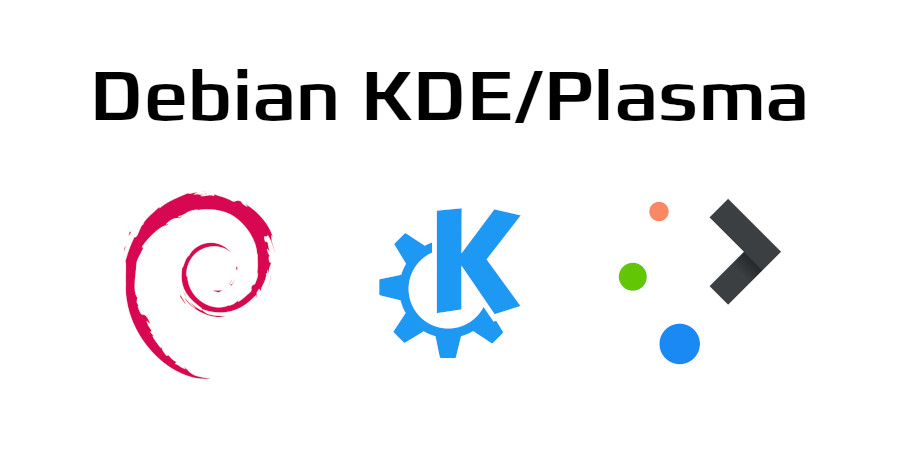 The last weeks we have also worked on updating many of the KDE/Apps packages to the latest release 20.12.0, which means that as of now, Debian/unstable contains the most recent versions of KDE Frameworks, KDE Plasma, and of most KDE Apps.
Thanks goes to all the team members, in particular to (in alphabetic order) Aur lien, Patrick, Pino, Sandro, and Scarlett for their work, and to all the testers and bug reporters.
The current status is also more or less what we plan to get into Debian/Bullseye. An update to Frameworks 5.78 and Plasma 5.20.5 is still possible, but not decided by now.
Concerning my OBS packages: they are mostly superseeded by now, and all but the KDE Apps package can be removed from the apt sources. The only remaining archive of interest is
The last weeks we have also worked on updating many of the KDE/Apps packages to the latest release 20.12.0, which means that as of now, Debian/unstable contains the most recent versions of KDE Frameworks, KDE Plasma, and of most KDE Apps.
Thanks goes to all the team members, in particular to (in alphabetic order) Aur lien, Patrick, Pino, Sandro, and Scarlett for their work, and to all the testers and bug reporters.
The current status is also more or less what we plan to get into Debian/Bullseye. An update to Frameworks 5.78 and Plasma 5.20.5 is still possible, but not decided by now.
Concerning my OBS packages: they are mostly superseeded by now, and all but the KDE Apps package can be removed from the apt sources. The only remaining archive of interest is







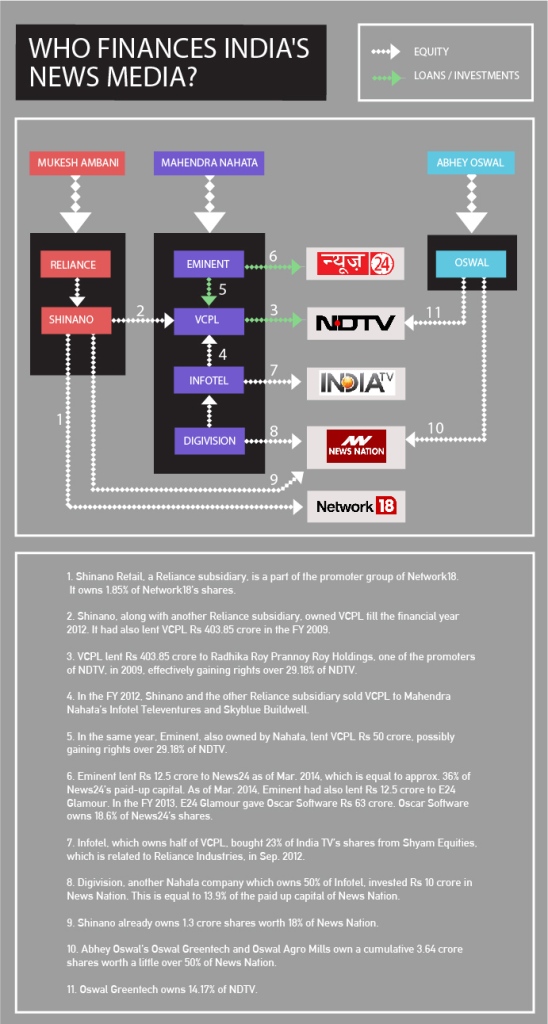
 Akarshan Uppal Reporter, IBN24 Copyright IBN24
Akarshan Uppal Reporter, IBN24 Copyright IBN24 
